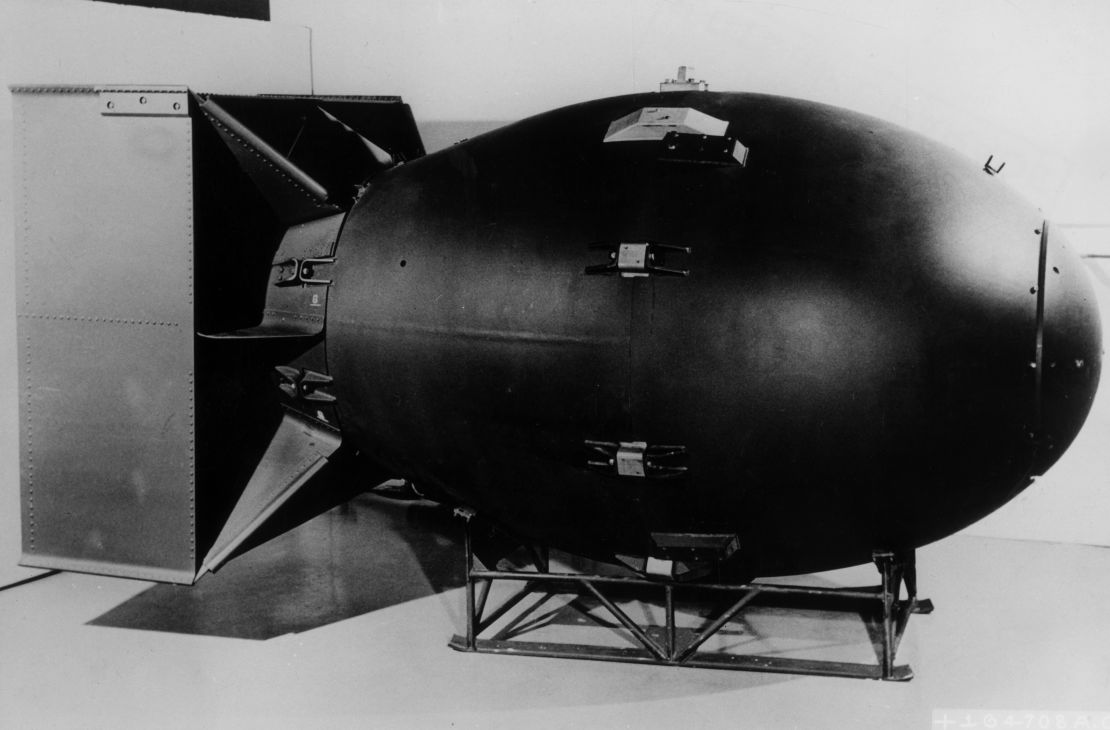Story highlights
Discovery off British Columbia prompted fears device was inactive nuclear bomb from '50s
Royal Canadian Navy: Object "appears to be a piece of industrial equipment"
People living near Canada’s Pacific coast can breathe a sigh of relief – the Royal Canadian Navy said that an object found recently in the ocean is not a lost bomb or nuclear weapon.
The navy said in a statement that the device was “a metal part of a larger machine assembly and appears to be a piece of industrial equipment.”
The Royal Canadian Mounted Police had asked the navy to investigate the area around Prince Rupert, British Columbia, after diver Sean Smyrichinsky found a strange object while hunting sea cucumbers near Banks Island.
The navy deployed specialized bomb crews and a submersible vehicle operated by remote to examine the device, which was found in about 26 feet of water. Using the submersible, crews were able to take pictures of it and collect other data, which was sent to a military base on Vancouver Island for analysis, according to the CBC, a CNN partner broadcaster.
Investigators determined that the object was a piece of steel equipment with yellow paint, about 18 feet long and 3 feet high. Authorities said it poses no risk to the public.
Crash
Many feared Smyrichinsky had found a missing inactive nuclear device jettisoned by a US bomber decades ago.
On February 13, 1950, a Convair B-36 plane was flying from Alaska to Texas when something went wrong.
“One engine is feathered, and two others are losing power. We are descending,” the crew radioed, according to Robert Dorr’s history of the bomber group.

At 8,000 feet, before the 17 crew members parachuted out of the doomed plane, they jettisoned a dummy nuclear bomb they were carrying on board.
The bomb – a Mark IV nuclear weapon filled with lead, uranium and TNT, but not the plutonium necessary for a nuclear explosion – has been missing since.
Discovery
Smyrichinsky didn’t know about these events when he found the object.
“I got a little far from my boat and I found something that I’d never ever seen before. It resembled, like, a bagel cut in half, and then around the bagel these bowls molded into it,” he told the CBC.
“I came out from the dive and I came up and I started telling my crew, ‘My god, I found a UFO.’ I found the strangest thing I’d ever seen.”
After friends told him about the crashed plane from 1950, Smyrichinsky looked up photos of the bomb online and then reported his discovery to authorities.
Search
The Canadian armed forces confirmed that Snyrichinsky’s find was in the general location of the 1950 crash and deployed Her Majesty’s Canadian Ship Yellowknife to investigate. In addition to a remotely operated vehicle, the crew used sonar systems and a dive team to find the device.
“We are pleased that HMCS Yellowknife was able to locate the object and determine that the object was not an unexploded military munition,” Lt. Cmdr. Donald Thompson-Greiff, the Yellowknife’s commanding officer said in a statement. “The (Royal Canadian Navy) is pleased to relieve any concerns in the local communities.”
Smyrichinsky was allowed to come along and helped pinpoint the location for navy personnel.
“They didn’t allow any divers in the water and it was only done with robot,” he told the CBC. “We dropped anchor about 1,000 feet from where I found this object, and the people were professional and kind of excited at the prospect of finding a bomb or UFO.”
Smyrichinsky described the attention he’s received as “pretty overwhelming” but also “super fun.” Mostly, though, he seemed happy to be able to return to the water without fear.
“You can feel safe to swim in our oceans again,” he said. “It is not a bomb.”
